How a Geocomposite Drainage Mat Solves Common Drainage Challenges in Civil Engineering
A geocomposite drainage mat effectively addresses the issue of water accumulation in soil structures. In many infrastructure projects.
Tel: +86-411-39569550 | E-mail: info@geofantex.com/geofantex@gmail.com
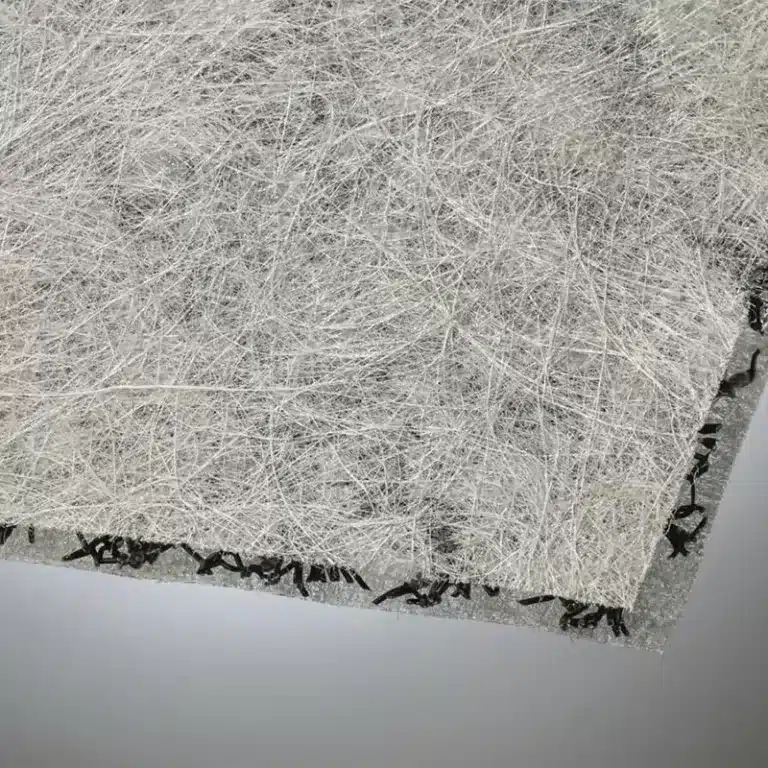
A geocomposite drainage mat effectively addresses the issue of water accumulation in soil structures. In many infrastructure projects.

The geocomposite dimple drain sheets enhance drainage efficiency by providing a pathway for water to flow away from the structure,
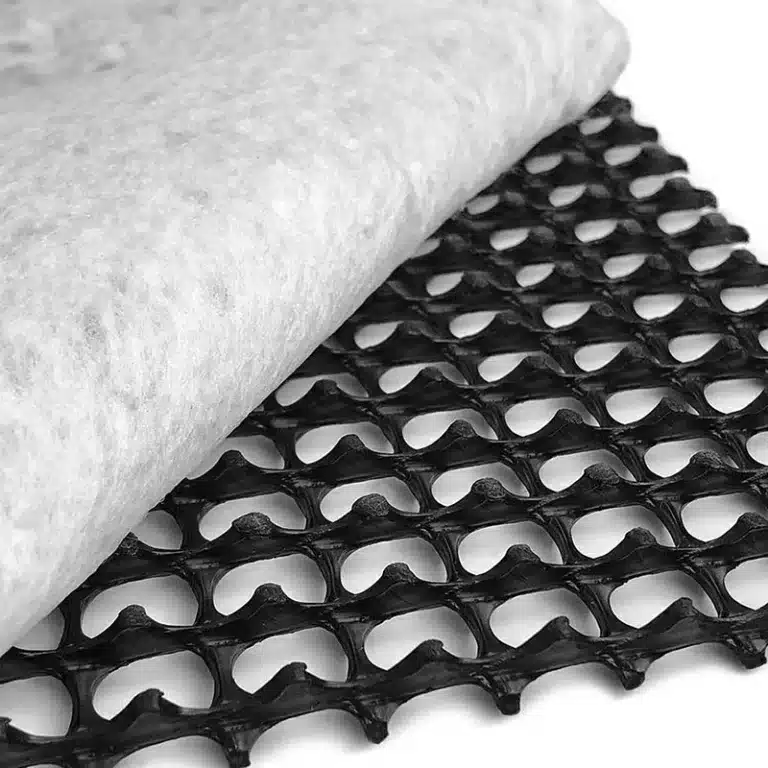
The geonet drainage mat has become an essential solution in geosynthetic engineering for managing subsurface water flow in infrastructure.

Knowing the distinction between geonet vs geotextile allows engineers to design more efficient and durable systems.

The geocell soil stabilizer is revolutionizing the geosynthetics industry by offering reliable and cost-effective.
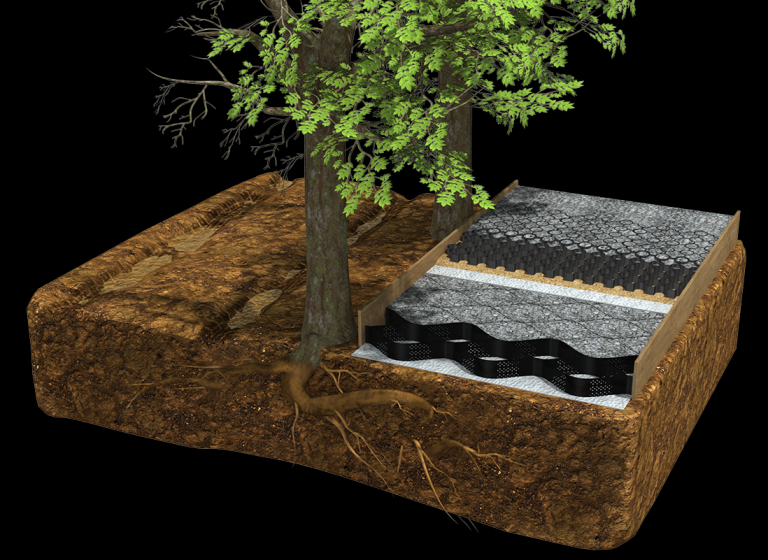
This project demonstrated how geocell tree root protection can reduce maintenance costs and extend the life of urban greenery.
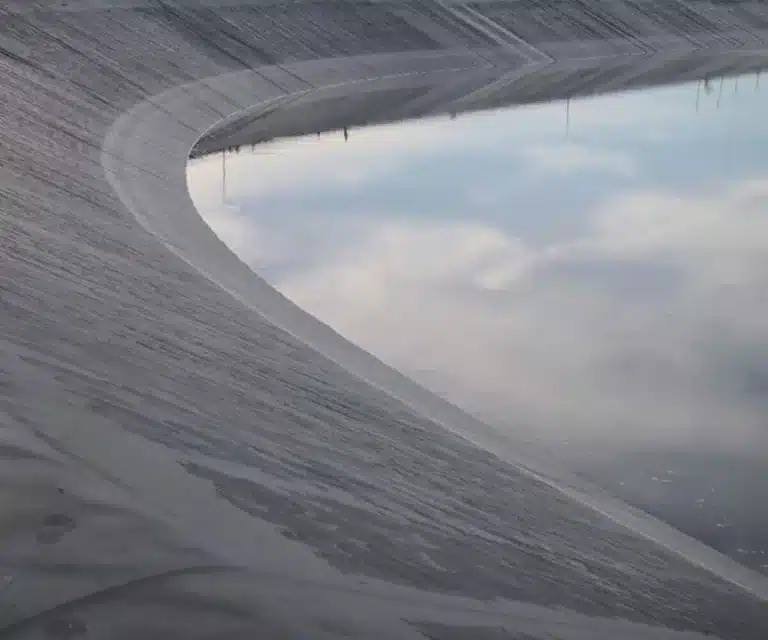
As the geosynthetics industry continues to evolve, the adoption of materials like LDPE geomembrane is expected to rise.
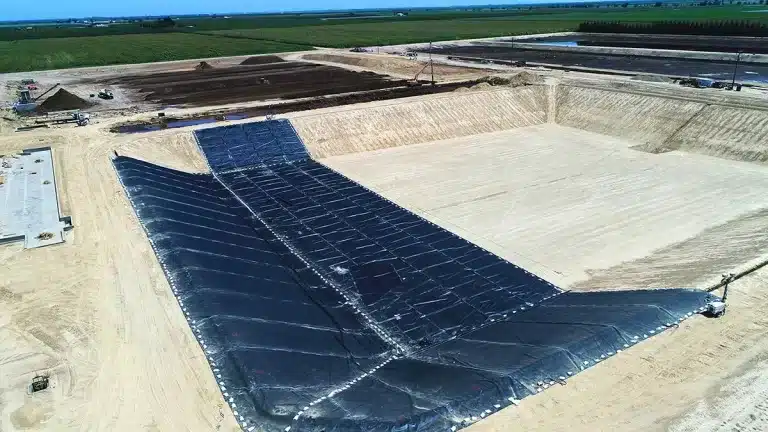
In conclusion, the evolution of geomembrane technologies represents a pivotal moment in the geosynthetics industry.
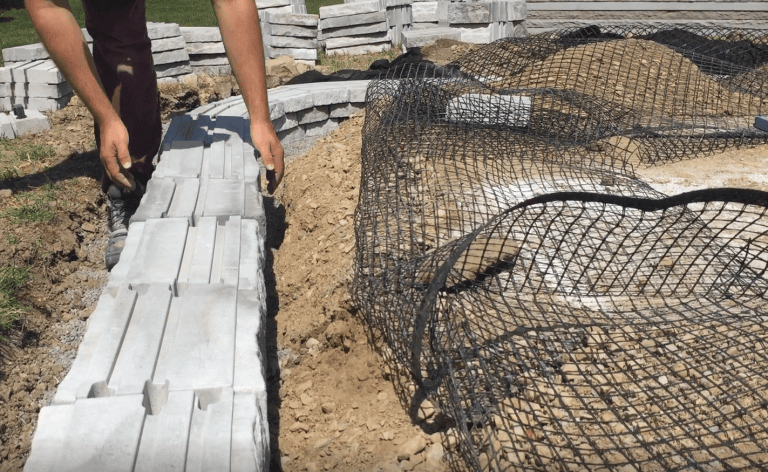
Geogrid soil stabilization strengthens weak subgrades by reinforcing the soil with high-tensile polymer grids.
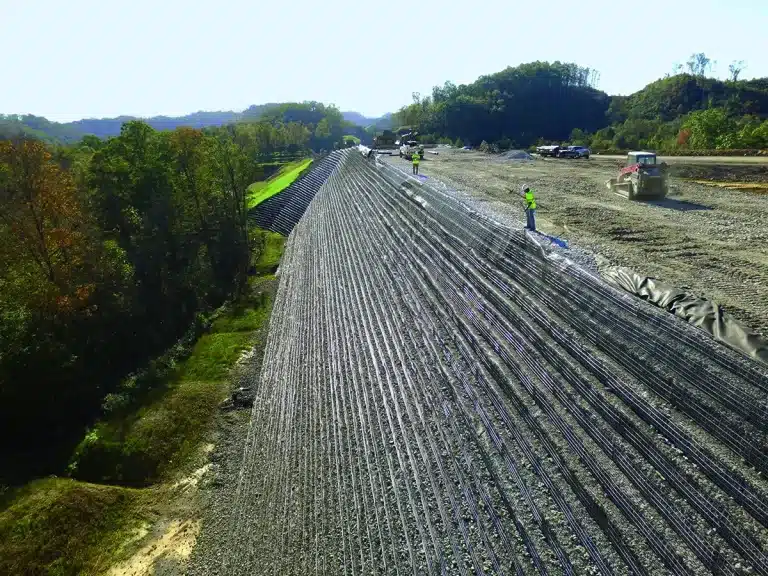
Soil stabilization geogrid is a reliable and efficient solution for improving ground performance in modern construction.
End of content
End of content
WhatsApp us